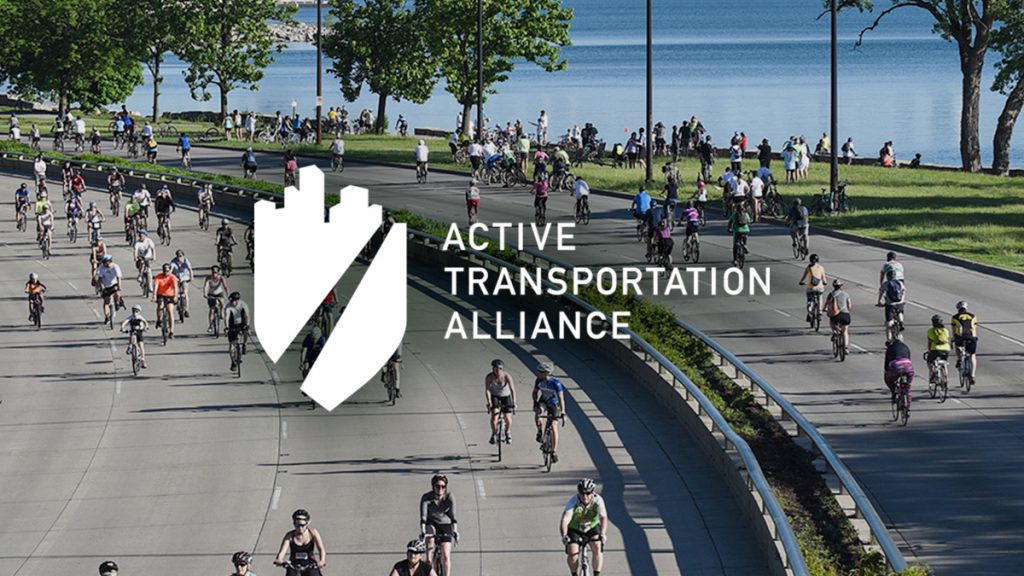Whether you're an 8-year-old child or 80-year-old grandmother, you should be able to walk, play and ride a bike in your neighborhood without fearing for your safety. Neighborhood greenways create more livable streets where everyone can feel comfortable walking and biking.
Neighborhood greenways use a handful of traffic calming and design strategies to encourage people walking and biking to use a certain route for traveling through the neighborhood, while reducing automobile speeds and through traffic. These routes can then connect to each other to create a city-wide network of livable streets connecting our communities.
Many residents want traffic calming on their block to keep their street quieter and safer — the kind of place where their children can play. Neighborhood greenways can help meet that demand while also making walking and biking a safe and easy way to get around for more people.
Many people who bike find they feel more comfortable riding on side streets, even when there’s no bike lane. But often these routes are interrupted by hazardous intersections, frequent stop signs that keep cyclists from maintaining their momentum, or traffic that may still feel threatening at times. Neighborhood greenways also help address these barriers to biking.
These are some of design elements that can be combined to create the neighborhood greenway experience (see the photos below for examples):
- Traffic calming: Traffic circles, curb bump-outs and speed humps slow down cars with minimal impact on people biking. Lower speed limits can also help regulate safer speeds.
- Traffic reduction: Limiting crossing at some intersections to just people walking and biking helps to keep car traffic volumes low, while encouraging non-motorized through traffic.
- Intersection treatments: Scary intersections can be made more welcoming with crossing islands and bulb-outs for pedestrians, and bike boxes and traffic light signals for bikes.
- Signage: Wayfinding signs help people find these special routes, while reminding everyone that walking and biking are a great way to get around!
- Prioritizing bikes: Pavement markings (such as sharrows) make it clear that bikes are a priority on the street, and stop signs can be reconfigured to allow bikes to travel freely while controlling crossing traffic.
Neighborhood greenways will be included in Chicago’s Streets for Cycling Plan 2020 (don't miss the public meetings in Jan.-Feb.!) Join Active Trans’ Neighborhood Bikeways Campaign to help advocate for neighborhood greenways in your neighborhood.
Want to learn more? Watch the video below or download Portland's Guidebook!

